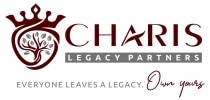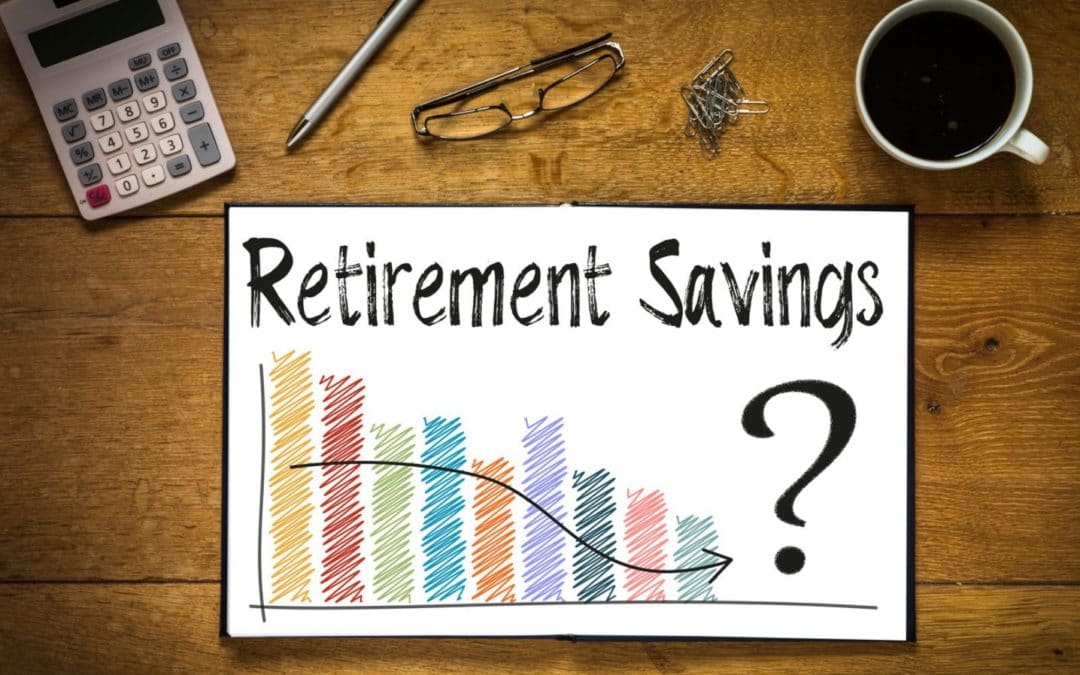Planning for your financial legacy isn’t just about accumulating assets or minimizing taxes, it also includes making sure you’re prepared for retirement.
Are you on track to retire on time? What if you decide to retire early? Are saving for retirement in the most tax-efficient way? If you’re not sure how to answer these questions you’re not alone, plenty of us have concerns about retirement, but if we want to leave a legacy for loved ones and/or charitable causes, we have to think about retirement planning.
Retirement Planning vs Reality
In my years of experience working with clients of all different ages, I have observed that, on the front end of their careers, most people tend to overestimate how long they will work. Then, at some point, people start to just wear down, perhaps growing weary of the politics that inevitably infuses any organization comprised of human beings. Or they have ambitions to move on and spend the remainder of their lives doing other things, like volunteer work. Or they get outcompeted or forced out of the job market due to age-based biases or to make way for a successor.
Now, don’t get me wrong, I’ve worked with plenty of people who absolutely love what they do for a living and work until they drop dead, but in my experience, those are the exceptions. I have found that by the time most people reach retirement age, even if they don’t want to retire, they at least recognize they will need to at some point.
All this to say, when you’re 35, your idea of what your retirement will look like may be completely different than it will at 55 or 65. I’m not saying that you should throw your hands up at 35 and decide planning for retirement is impossible, but my counsel to younger individuals I come across is not to assume that you’ll have the desire or ability to work well into your 60s or later. Many young people bank on this to rationalize their poor savings habits, and this is a mistake. You’ll be a different person by then, with different attitudes and priorities. Better to play it safe by saving and giving your future self the flexibility to call audibles and change directions.
How Retirement Planning Impacts Legacy Planning
If you have not been diligent in saving for retirement, you can end up in a position where you’re having to work for much longer than you want to, even if just part-time. And due to health limitations or diminishing career opportunities, this can often mean earning less in these later years than you may have grown accustomed to in your peak earning years.
Obviously, this can have a negative impact on your quality of life – instead of having the freedom and flexibility retirement offers (time to spend with loved ones, travel, volunteer, help with grandchildren, etc.) you’ll have to continue earning income. While this is reason enough to save for retirement, it can also impact your legacy planning.
If you find yourself working just to meet your needs in these retirement years – needless to say – it will constrain your lifetime giving impact and eat into the legacy you could leave for heirs or charity.
If, on the other hand, you leverage the power of compound growth, the time value of money ensures that even modest sums saved regularly in your 20’s and 30’s will grow many multiples by retirement age, typically providing much more than needed to support your living needs in retirement and leaving plenty of wealth surplus for gifting goals.
The Power of Compound Growth
Just how powerful is compound growth? Let’s look at a quick hypothetical example.
Let’s say when you’re 25, you invest $10,000 and you contribute $500 a month for ten years. Then, from the age of 35 to 60 you don’t touch the money. You will have invested $70,000 over these ten years. Assuming a 7% annual rate of return (based on the S&P 500s annual historical returns), at the end of this time, you would have $556,693.
Now, let’s say you invest this same $70,000 in the same way (an initial investment of $10,000 and monthly contributions of $500) but you do it between the ages of 50 and 60. Assuming the same 7% returns, you would have only $102,570 – over $400,000 less than if you invested the same amount in your 20s and 30s!
A few quick points before we move on – just because you’re not in your 20s doesn’t mean you can’t still take advantage of compound growth; it just means there’s no time like the present to start. Secondly, this is a hypothetical example of returns and does not include fees, transaction costs, etc. In the real world, your final portfolio would be lower due to expenses (since the impact of these expenses is also compounded, which is why we generally try to keep investing costs as low as possible.) Finally, this example used an average annual return, and there’s no guarantee what your return will be; even if you had an average annual return of 7% it would fluctuate from year to year, resulting in different ending balances depending on the sequence of those returns.
Strategies to Increase Your Retirement Savings
The general rule of thumb for ideal retirement savings is 15-20% of your income, yet hitting this level may prove difficult for a variety of reasons. Having said that, there are simple ways to increase your retirement savings to help ease the burden. Here are a few of the most straightforward.
Make the Most of Your Existing Accounts
If you have an employer match for your retirement account, make sure to take advantage of it. Otherwise, you’re missing out on what is basically free money.
Keep Taxes in Mind
Retirement accounts exist to help you save for retirement, and one of the ways they do that is through providing tax advantages. Traditional and Roth IRA contributions both receive a double tax benefit. For Traditional IRAs, you get a tax deduction at the point of contribution, as well as tax-deferred growth over time, but you must pay taxes at the point of distribution. For Roth IRAs, you don’t get to deduct your contributions, but you get tax-deferred growth over time, and then you avoid having to pay taxes on the distributions.
Increase Savings by One Percent
A one percent increase may seem small but remember that power of compound growth. Even small increases, especially when that money has decades to grow, can really add up over the long term.
Take Advantage of Catch-Up Contributions
If you’re 50 or older, you have the ability to make catch-up contributions, which essentially means the contribution limit for your employer-sponsored retirement savings plan and/or IRA is higher.
The Takeaway
It’s never too early or too late for retirement planning. Whether you’re just starting your career or already enjoying retirement, creating or updating a plan for this unique phase of life can help you achieve your legacy goals.

